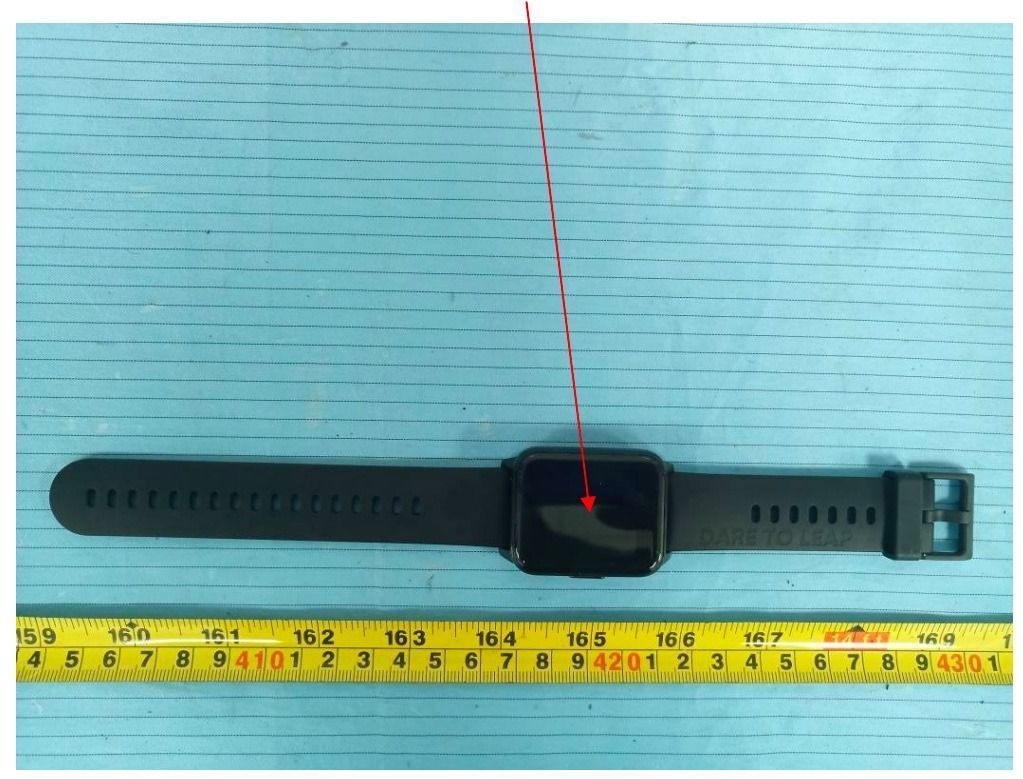Although recent reports suggest that LG may completely shut down its smartphone business this year, the company is still bringing new smartphones to the Indian market. Today, the company launched the budget-friendly LG K42 in the region, featuring a 6.6-inch HD+ display, a quad-camera setup, and MIL-STD-810G certification.
LG K42: Specifications
| Specification | LG K42 |
|---|---|
| Dimensions & Weight |
|
| Display |
|
| SoC |
|
| RAM & Storage |
|
| Battery |
|
| Security | Side-mounted fingerprint scanner |
| Rear Camera(s) |
|
| Front Camera(s) | 8MP selfie camera |
| Port(s) |
|
| Connectivity |
|
| Other Features |
|
The LG K42 features a design similar to Samsung’s recent M series devices, with a rectangular camera module on the back and a centered hole-punch display over on the front. However, unlike Samsung’s M series devices, it offers a textured back panel that provides a stable grip and prevents scuffs from daily use. As mentioned earlier, it features a 6.6-inch HD+ LCD screen with a centered hole-punch cutout for the selfie camera and chunky bezels all around.

The LG K42 packs MediaTek’s Helio P22 chipset, 3GB of RAM, and 64GB of storage, which is powered by a substantial 4,000mAh battery. In the camera department, the device features a quad-camera setup on the back, with a 13MP primary shooter, a 5MP wide-angle lens, a 2MP depth sensor, and a 2MP macro sensor. Over on the front, it has a single 8MP selfie camera.

The highlighting feature of LG K42 is its MIL-STD-810G certification, which, LG claims, can help the device survive daily abuse with ease. LG is so confident of its durability that it’s offering two years of warranty with the device and free one-time screen replacement. Along with the aforementioned features, the LG K42 also features a side-mounted fingerprint scanner, a dedicated Google Assistant button, a USB Type-C port for data transfer and charging, and a 3.5mm headphone jack. Other connectivity options include Bluetooth 5.0 and Wi-Fi.
Pricing & Availability
The LG K42 is priced at ₹10,990 and it will go on sale on January 26th exclusively via Flipkart. The device will be available in two color options — gray and green.
The post LG K42 with MIL-STD-810G certification launches in India appeared first on xda-developers.
from xda-developers https://ift.tt/363G7Bb
via IFTTT












